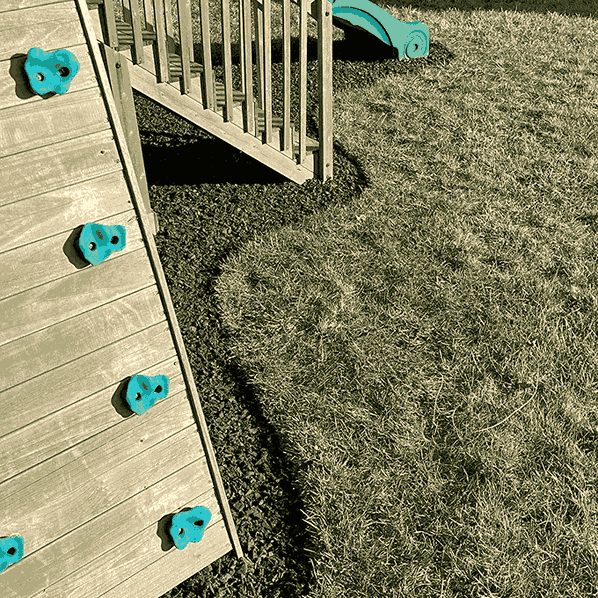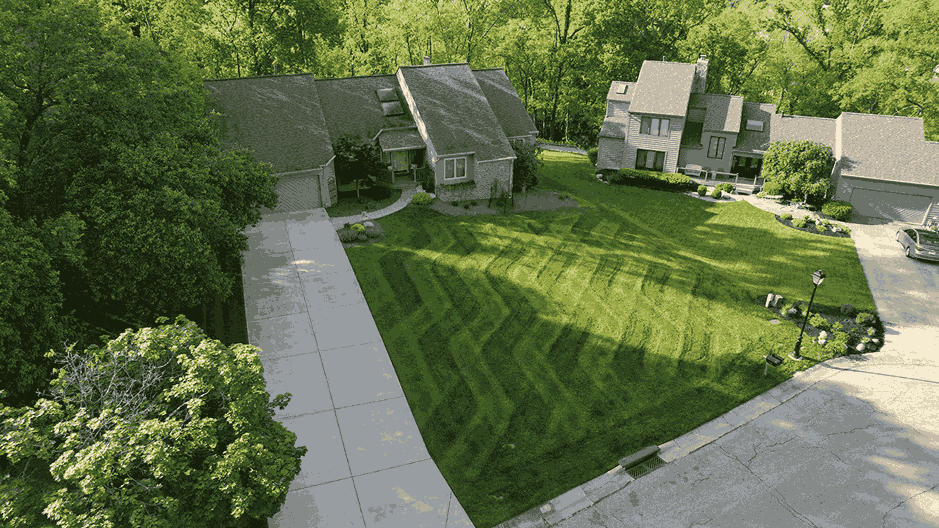
My evergreen looks like it’s dying! This is normal… Let’s discuss fall needle drop
The beginning of fall signals a stunning alteration in our natural environment as the leaves begin to change color and the air becomes crisp. The evergreen fall needle drop plays a significant role in the fall tapestry, despite the fact that the colorful deciduous trees steal the show during this time of year. We’ll delve into the intriguing world of evergreen trees, their yearly needle drop, and the significant part they play in defining the fall landscape in this blog post.
The Evergreen Advantage
The year-round foliage of evergreen trees like firs, spruces, and pines is well-known. Evergreen trees keep their foliage all year round, in contrast to deciduous trees, which lose their leaves in the fall. Because of their basic differences in leaf structure and ability to adapt, evergreens may flourish in a variety of climates and situations.
Comprehending the Drop of Needles:
Evergreen trees do, in fact, lose their needles, albeit gradually. Rather, they go through a slow process of losing needles, which is best observed in the fall. Given that it is not as dramatic as the deciduous trees’ annual leaf-shedding display, this natural phenomena is sometimes misinterpreted.
The Needle Drop’s Science:
Evergreens use the drop of needles as a survival tactic to preserve energy and water in the winter. Evergreen needles are designed to lower the dangers of water loss and frost damage, in contrast to broad, thin deciduous leaves. Their waxy coverings and narrow form reduce the amount of water lost through transpiration.
Evergreen trees lose their oldest, deepest needles in the fall. These needles may have gotten less effective at photosynthesis over time. Newer, healthier growth eventually replaces these needles, which are frequently the ones closest to the trunk, at the tips of the branches. Even in the worst winter weather, evergreen trees are certain to be able to photosynthesize and generate energy thanks to this process.
The Evergreen Needle Drop’s Significance
Even though deciduous trees steal the show with their vibrant reds, oranges, and yellows, evergreens also provide a distinctive contribution to the overall fall foliage. The yearly scene gains richness from the modest shift in color from deep green to a slightly lighter shade as older needles fall. Although this transition is frequently missed, it is crucial to the overall harmony of hues and textures in the autumnal environment.
Additionally, evergreens offer a constant background that allows deciduous trees’ vibrant colors to pop. Their constant greenness provides a striking contrast to the departing leaves, resulting in a pleasing gradation of hues that embodies fall.

In summary:
While not as conspicuous as the deciduous leaf drop, the evergreen fall needle drop is an intriguing and essential aspect of the seasonal change. We may appreciate the intricacy and beauty of nature’s autumn symphony when we comprehend the physics and aesthetics underlying this phenomena. Take a moment to appreciate the evergreen trees and their subtle influence on the shifting of the seasons the next time you stroll through the woods in the fall.




